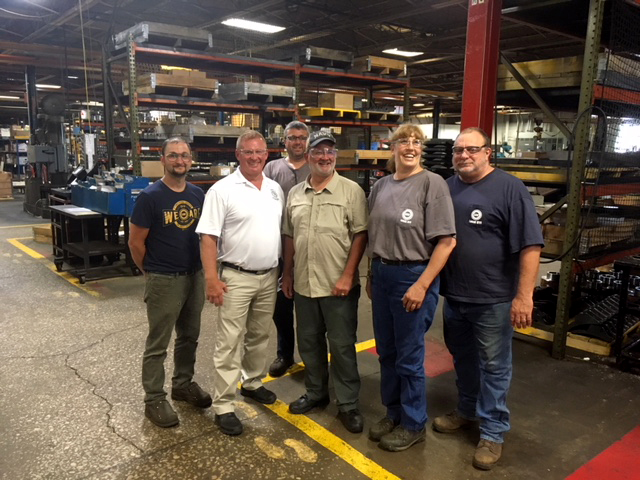
Ludington, MI — U.S. Senator Gary Peters (D-Michigan) wrapped up his third annual motorcycle tour of Michigan in Ludington on August 10 at Harsco Rail, a global supplier for railway track maintenance and construction. Alongside Harsco’s Ludington Plant Manager Alex Whitacre, as well as GoRail, the Michigan Railroads Association, NRC and REMSA, Sen. Peters received a firsthand look at the manufacturing facility and its rail maintenance of way equipment, which is manufactured on site and used by railroads and rail contractors to safely maintain and expand their networks.
Sen. Peters, a member of the Senate Committee on Commerce, Science & Transportation, met one-on-one with employees and received a demonstration of Harsco Rail’s 6700 Tamper machine, a high tech, refined machine known for top quality production, switch tamping, and transit system work. As the ranking member of the Subcommittee on Surface Transportation, Sen. Peters oversees infrastructure development related to both freight and passenger rail.
Before taking a tour of the facility, which has been in operation since 1923 and employs over 150 people, the senator met with employees and discussed how investments in short line railroads can boost America’s global economic competitiveness and create jobs.
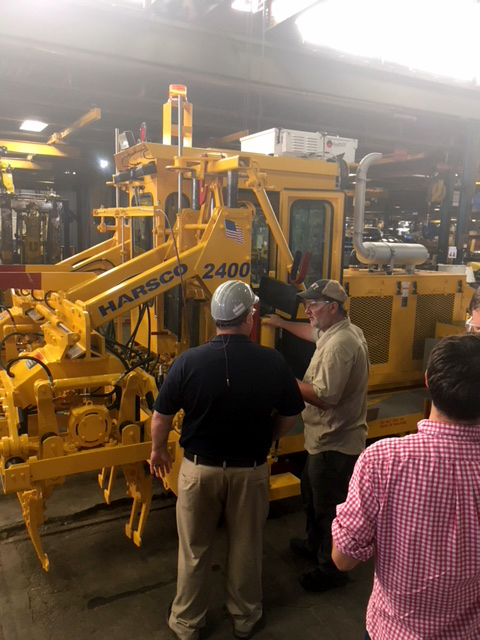
“Michigan is strategically located to be a transportation and logistics hub, and suppliers like Harsco Rail are working every day to provide high quality products to repair and improve vital railways,” said Sen. Peters. “I’m working to ensure short line railroads and the businesses they serve have long-term certainty to make critical investments to upgrade their tracks, strengthen our rail infrastructure and help grow our economy.”
He also sat down with rail industry representatives to discuss legislative issues impacting rail freight transportation. The group thanked the Senator for cosponsoring the Building Rail Access for the Customers and the Economy (BRACE) Act, legislation that would make the Short Line Tax Credit permanent. The tax credit, which expired at the end of 2017, helps short line railroads preserve nearly 50,000 miles of track that connect more than 10,000 rail customers to the national main line rail network, benefiting Michigan communities and shippers that depend on affordable freight access. The BRACE Act currently has overwhelming bipartisan support in Congress with 56 cosponsors in the Senate and 261 cosponsors in the House of Representatives.
“Railways are a critical part of our nation’s infrastructure, and suppliers like Harsco play a vital role in helping businesses ship their goods by rail to new markets,” said Ludington Plant Manager Alex Whitacre. “Short line railroads are important customers for our business, and we appreciate Senator Peters’ work to ensure they are able to invest in maintaining their track, so our company can continue to supply them with high-quality, innovative equipment and tools.”
The group also talked about the need for balanced regulations and the rail industry’s opposition to increasing federal truck size and weight limits, which would cause extensive damage to our nation’s roads and bridges and cost taxpayers billions of dollars in additional infrastructure spending. Sen. Peters was supportive of rail industry’s position on truck sizes and noted the private nature of America’s freight railroad network which, unlike other modes of freight transportation, does not rely on federal support for the expansion or maintenance of its network.

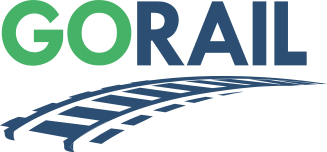

 Tracy, CA — August 3, 2018 – California Congressman
Tracy, CA — August 3, 2018 – California Congressman 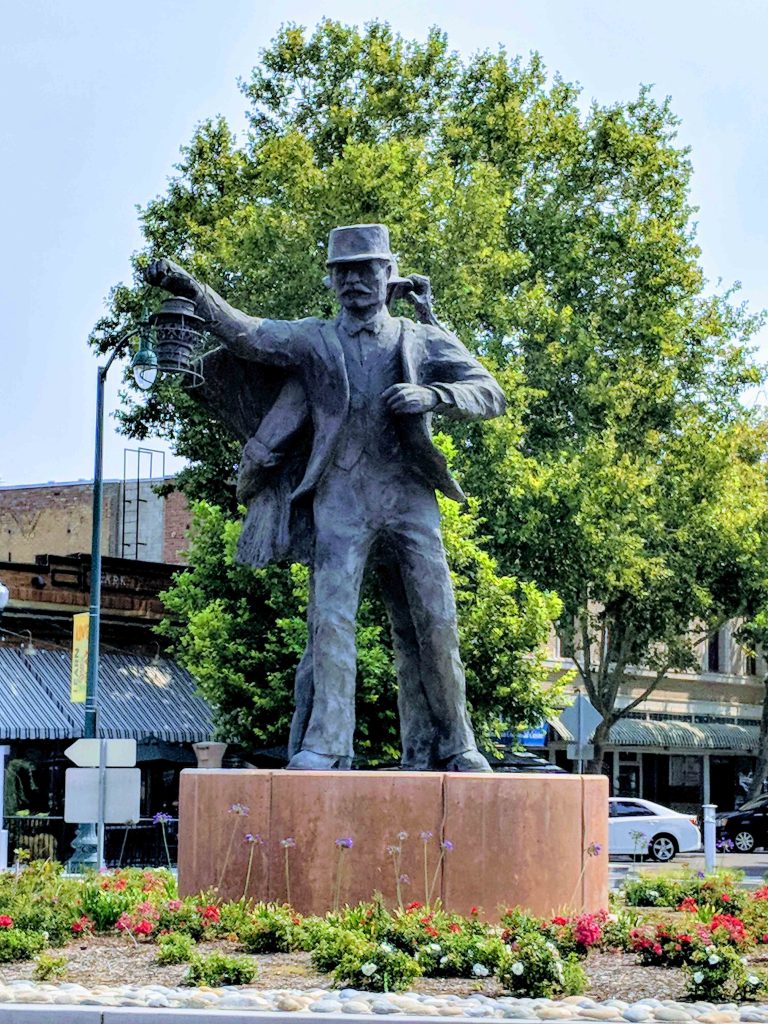

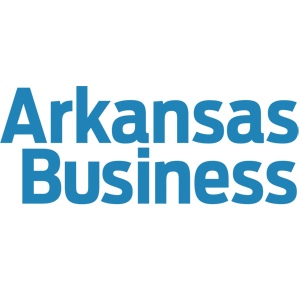 Little Rock, AR — John Edwards, economic development director for the
Little Rock, AR — John Edwards, economic development director for the  Cleveland, OH — In
Cleveland, OH — In  Houston, TX — Bob Mitchell, president of the
Houston, TX — Bob Mitchell, president of the 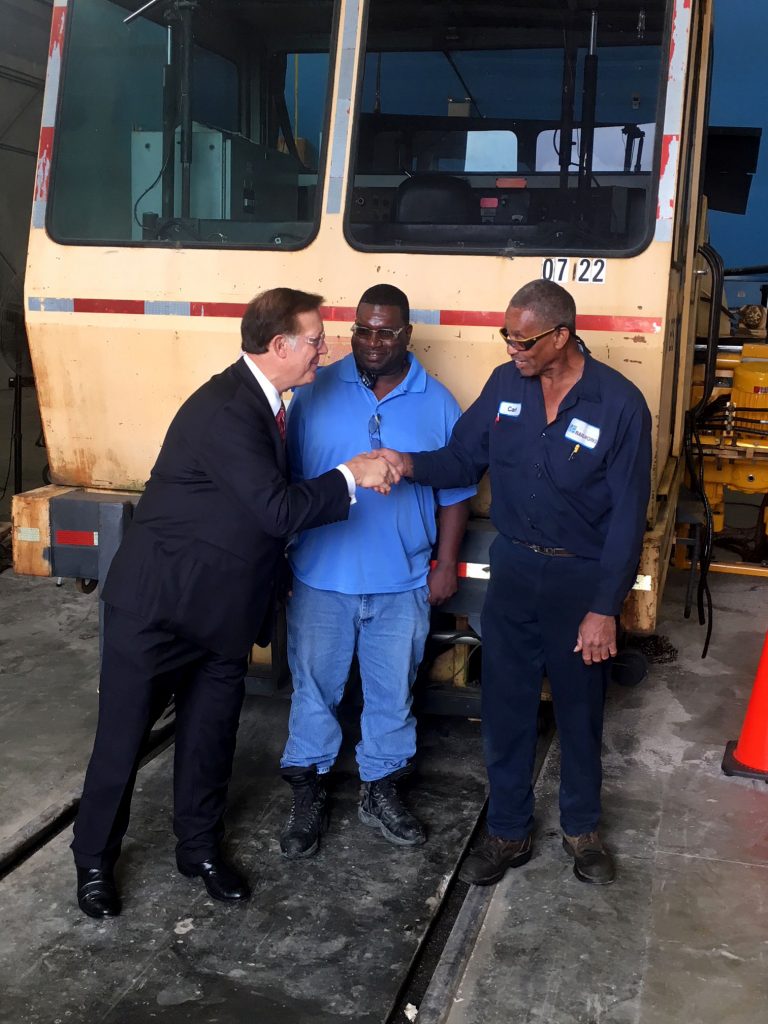
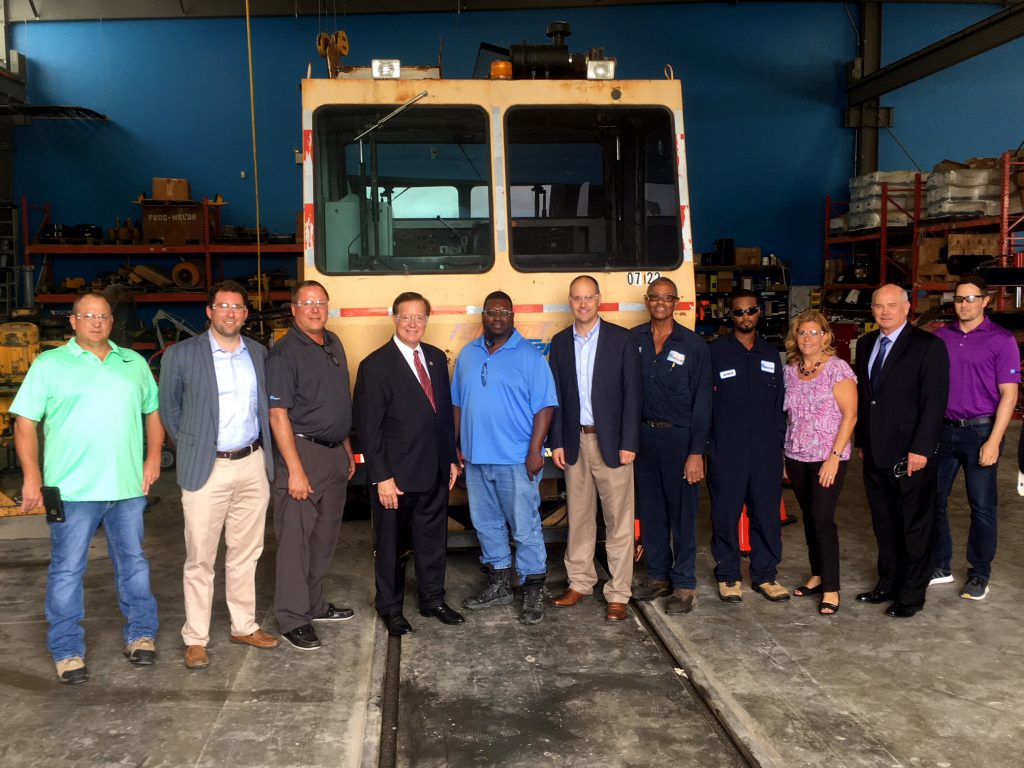

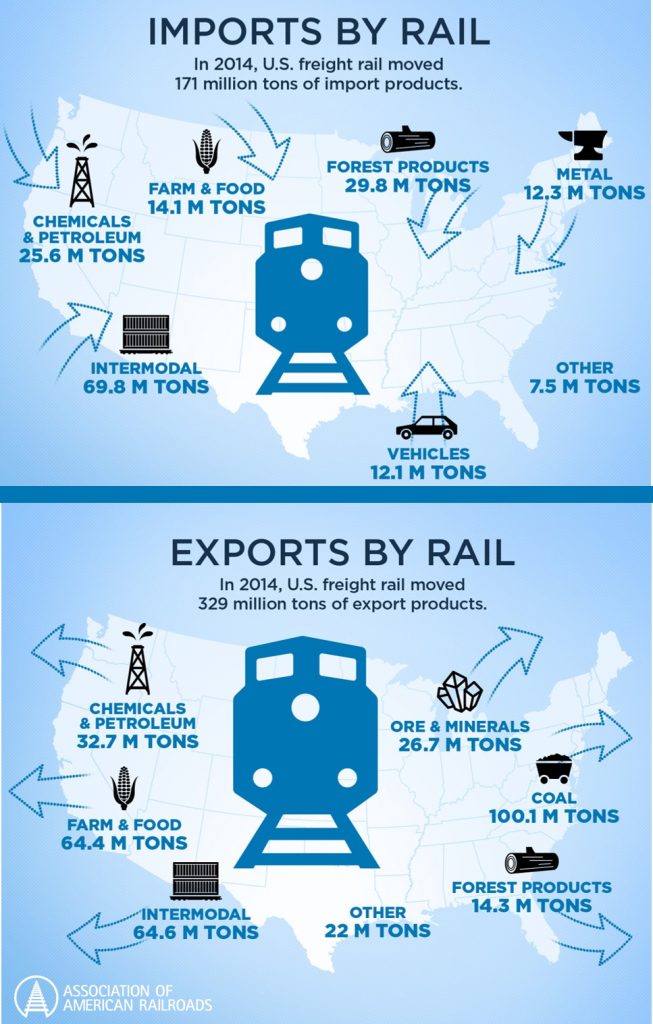 In the United States today,
In the United States today, 